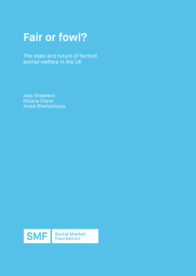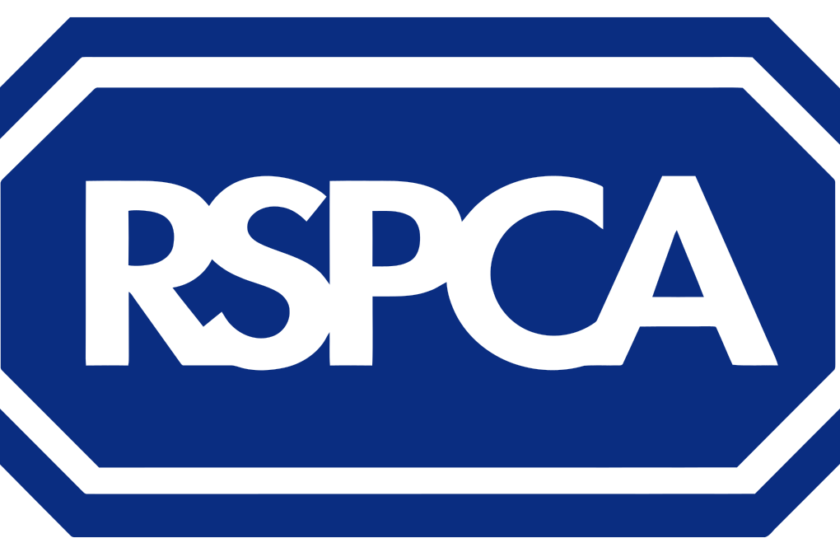The UK is a nation of animal lovers, but are we doing enough to understand and reduce animal suffering everywhere– even farms? In this report, we attempt to identify a working definition and practical measure of animal welfare to understand where we are as a society, and where we might be headed. It is the first of three reports investigating the likelihood and potential for alternative proteins to reducing animal suffering.
SUMMARY
- While checklists and assurance schemes for farm animal welfare exist, they do not provide adequate data to develop a national picture:
- Little data is publicly available and many farms do not participate in the schemes, leaving us with skewed samples.
- As a result, our analysis of welfare of farmed animals is based on an admittedly crude ‘factory’/‘non-factory’ distinction. For our purposes, we have chosen to equate ‘lower welfare’ with ‘factory farming’.
- Nevertheless, it is clear that welfare issues among farmed animals is overwhelmingly about chicken:
- Chickens make up 77% of the UK’s factory farmed animals
- 95% of all broiler chickens are factory farmed.
- Things are not getting any better. Chicken production is up by a quarter in the last decade. Though more broiler chickens are reared to higher welfare standards, just over 1% are covered by the RSPCA assured scheme.
- If things continue on the same track, the situation could get a lot worse.
- The farm animal population grew by 14% in the last decade, and broiler chickens by a quarter – if that is repeated in the next decade, it would mean at least another 28 million factory farmed animals in the UK.
Where to go from here?
- If we care about animal welfare, we should collect better data: DEFRA should aim to produce, based on representative samples of farms, estimates of the welfare status of each farmed animal in the UK.
- Animal welfare improvement is about chickens first and foremost – which could create tensions with environmental meat reduction goals.
- Alternative proteins could play a role in meeting environmental and animal welfare aims.
The following two reports will look at i) public attitudes to meat substitutes and measures to reduce meat consumption, and ii) how far alternative proteins can promote animal welfare, and how likely they are to succeed.


